
A History of Tequila and Other Things Every Tequila Lover Should Know
Every year, on July 24th, we celebrate International (or National) Tequila Day, in honor of the spirit we all know and love. Tequila is enjoyed in many forms, in a cocktail, as a sipper, or a shot with salt and lemon. In honor of National Tequila Day, I thought I would include a little about the history of tequila and how it evolved into the spirit we all enjoy today.
What is Tequila?
If you are familiar with whiskey, you may know there are a number of sub-categories of whiskey. In North America for example, you have Bourbon which needs to meet a number of requirement in order to be classified as Bourbon. If a whiskey meets these requirements, then it can be called, and marketed as Bourbon. All Bourbon is whiskey, but not all whiskey is Bourbon.
In a similar way, tequila is a type of mezcal. Mezcal is produced from the agave plant. There are many varieties of agave plant, but tequila must be made from a mash containing at least 51% total reducing sugars made from tequilana weber blue variety agave, grown in the territory specified in the regulations governing the production of tequila.
Why is Tequila Produced in Jalisco?
Most Tequila is produced in Jalisco. The region of Jalisco, particularly the town of Tequila, became the epicenter of tequila production due to its favorable climate and soil conditions for agave cultivation. The volcanic-rich soil in the area, combined with the altitude and temperature, provided optimal conditions for growing the blue agave plant.
How is Tequila Made?
Tequila production involves harvesting the mature blue agave plants, removing the leaves to reveal the piña (the heart of the plant), and then cooking the piñas in ovens to convert the starches into fermentable sugars. The cooked piñas are crushed, and the extracted juice is fermented and distilled to produce tequila.
History Brief of Tequila
The origins and history of tequila are deeply rooted in Mexico, specifically in the region of Jalisco and its surrounding areas. Tequila is a distilled spirit made from the blue agave plant and is considered one of Mexico's most iconic and well-known exports.
The cultivation and use of agave for various purposes can be traced back thousands of years in Mesoamerican cultures. The indigenous people of Mexico, such as the Aztecs, had been fermenting the juice of the agave plant long before the arrival of the Spanish conquistadors in the 16th century.
Prior to the 16th Century
The Aztecs were fermenting the sap of the Maquey (Agave) plant to create a viscous white liquor with yeast-like flavor known as Pulque. The Maquey plant was sacred to the Aztecs, and Pulque was considered a ritual drink, consumed by certain classes of people at rituals and events.
Arrival of the Spaniards in the 16th and 17th Centuries
The production of tequila as we know it today began during the Spanish colonial period. When the Spaniards arrived in Mexico in the early 1500’s they, according to legend, ran out of Brandy. What’s a thirsty Spaniard to do? Apparently they distill whatever they can by whatever means necessary, which means they learn from the locals how to distill agave in primitive mud huts into what will later become known as mezcal. Whether or not this is true, the evolution of the process of fermenting agave sap to create Pulque, to distilling agave heart juice to create mezcal was introduced by Spanish immigrants.
The King of Spain banned the planting of new vineyards in Mexico, to protect the Spanish wine trade, in 1595, leading to an increase in agave distillation to satisfy demand for cheap liquor.
The first official record of mezcal production by indigenous peoples in colonial records was in 1619 with a reference to people producing "mexcales" in the coastal region of Sierra de Nayarit.
Mezcal production gradually moved inland over the next few decades to both evade prohibition imposed by the Spanish King, but also to take advantage of the more abundant wild agave plant plants that grew in the interior.
Small distilleries began to be established, and these remote areas and they used the blue agave plant to produce what we know today as tequila.
18th Century
In 1758, King Ferdinand VI of Spain granted Don Jose Antonio de Cuervo land in the town of Jalisco, Mexico to found a farm to grow the blue agave plant. In 1795, after years of prohibition imposed by King Carlos III, Jose Maria Guadalupe, Don Jose’s son, was granted the first license to produce tequila commercially from Spain’s King Carlos IV. The tequila industry was born.
The 20th Century
In 1902, the Mexican government officially recognized the term "tequila" as the exclusive name for the spirit produced in specific regions of Mexico, primarily Jalisco and parts of four other states. This designation established the legal framework and regulations for the production and labeling of tequila.
During prohibition in the U.S. the tequila saw a period of growth as tequila was smuggled across the Mexico U.S. border to satisfy American demands for liquor, and again during World War II as American distilleries switched to production of other products to support the war effort.
In 1949, the first standards setting out the requirements for tequila production were introduced.
In 1974 the Mexican government declared the term “Tequila” to be the intellectual property of Mexico.
The tequila industry faced challenges and changes throughout its history. The Mexican Revolution, Prohibition in the United States, and various economic and political factors affected production and distribution. However, tequila's popularity continued to grow both domestically and internationally.
In recent decades, tequila has seen a surge in popularity and recognition as a premium spirit. Craft tequila brands, as well as aged and artisanal expressions, have gained prominence, highlighting the diversity and complexity of the spirit. Tequila is now protected by designation of origin (Denominación de Origen), which ensures that it can only be produced in specific regions of Mexico using specific varieties of agave.
Standards Governing Production of Tequila
This is by no means a comprehensive guide to tequila standards. I'm just hitting the highlights here. The Official Mexican Standard (Norma Oficial Mexicana (NOM)) governing tequila production is exhaustive, and covers everything from agave selection, cultivation, harvesting, cooking, and distillation to additives, production methods and location, aging, quality control, dilution and bottling, labeling, and marketing.
Producers must keep detailed records of all raw materials flowing into the production facility. One rule I find particularly interesting is the requirement that no non-tequila containing product can be produced in the same production facility as the one used to produce tequila. So you cannot produce mezcal and tequila in the same distillery.
The requirements have been relaxed over time. In 1949 when the first standards were established, 100% of the fermentable sugars had to come from the blue weber agave. That requirement dropped to 70% in 1964, and then to 51% in 1970 where is remains today.
Where Can Tequila be Produced?
Tequila can only be produced in the Jalisco, Michoacan, Tamaulipas, Nayarit and Guanajuato. These regions are known to have the climate and soil conditions favourable to blue agave plants, and tequila production. Other regions of Mexico can produce, mezcal, but not tequila.
Types of Tequila
There are 5 official categories of tequila specified in the standard. Aged tequilas are typically aged in Quercus alba (American white oak) and Quercus petrea (European white oak) casks that cannot exceed a volume of 600 litres (158 U.S. gal.).
Additives are permitted, in all but blanco tequilas, as long as they do not make up more than 1% by volume. 4 additives are permitted: glycerin, caramel coloring, oak extract, and jarabe or sugar-based syrup.
Blanco (Silver): un-aged tequila, straight from the still, or aged for less than 2 months, and considered by some to be the best example of what tequila can be because it is pure, and unaltered by lengthy barrel aging.
Joven (Gold): blanco tequila that has been coloured, or has other additives to enhance the flavour and colour.
Reposado (Aged): introduced in 1968, reposado tequilas must be aged for at least 60 days.
Anejo (Extra Aged): aged for at least 1 year.
Extra-Anejo (Ultra Aged): a relatively new category, introduced in 2006, must be aged for at least 3 years.
A couple of new categories have emerged in recent years.
One is curados (2006), which allow for a little as 25% agave spirit, with the remaining 75% of the fermentable sugars coming from cane or corn sugars. Sweeteners, colourings, and other additives are also allowed. How is this a good thing? I can't see anything but low quality flavoured tequilas being produced which, in my opinion, is detrimental to the tequila industry.
Another new product is cristalino tequila. Introduced in 2011, cristalino tequilas are aged tequilas that have been charcoal filtered to remove the color, resulting in a crystal-clear tequila that still has the flavour profile of an aged tequila. This is good for those wanting to use a high-end tequila in a bright, clear cocktail where you do not want any colour, but unfortunately, you cannot filter out the colour without also filtering out some of the flavour and changing the mouthfeel of the finished product. Therefore, even though cristalinos are high-end tequilas, additives are often used to reintroduce some of the desirable characteristics removed by filtering.
Bottling Tequila
Tequila is bottled at different percentages of alcohol by volume (ABV) for different markets. Regulations allow tequila to be bottle between 35% and 55% ABV, however, for export, some regions have additional requirements for minimum ABV. For example:
- U.S.: 40%
- South Africa 43%
- Europe 37.5%
Tequila in 2023
Do you remember tequila shooters with salt and lemon? Chances are you did not get through college without at least one hangover from too many tequila shooters. How times have changed. Today, in North America, tequila is enjoyed neat, no ice, salt, or lemon, just as it is in Mexico, where it's light and delicate flavor profile can shine.
I host a monthly whiskey tasting, and, just for some variety, this month we will be tasting tequila instead of whiskey. We will be following a similar tasting procedure as we do with whiskey, a simplified version of the Murray Method of tasting whiskey. We'll evaluate the nose, palate, and finish, just as we would with whiskey. I have a handful of tequilas that I really enjoy, but I have tasted far more Scotch, Bourbon, Tennessee whiskey, and Canadian whisky than I have tequila so I'm really looking forward to my first tequila tasting.
Explosion in Tequila Popularity
Tequila popularity has exploded in recent years due to consumers' growing appreciation for the heritage, craftsmanship, and culture presented in tequila. In America, there is a huge Latin influence, with a growing Mexican population, Mexico being such a popular travel destination, and a love of Mexican food, it's only natural that tequila would ride that wave of popularity.
Additionally, there has been a significant increase in production and availability of premium tequilas, anejo and extra anejo tequilas with richer flavor profiles that enable consumers to experience everything tequila can be - and tequila can be excellent!
The Celebrity Influence
Of course it's helped that a number of celebrities have jumped on the tequila bandwagon. Celebrity owned tequila brands are everywhere, with each trying to carve out their own piece of the tequila pie.
The first one I, and I think most people, became aware of was Casamigos, owned, and since sold for close to a billion dollars, by George Clooney and Rande Gerber. Celebrity endorsements are extremely lucrative and George Clooney's success has inspired many other celebrities to move into the tequila space.
Below is a short list of a few celebrity owned tequila brands, in alphabetical order:
- 818 – Kendall Jenner
- Cabo Wabo – Sammy Hagar
- Casa del Sol – Eva Longoria
- Casamigos – George Clooney & Rande Gerber (sold in 2107)
- Casa Noble - Carlos Santanna
- Cincoro – Michael Jordan
- DeLeón - Diddy (Sean Combs)
- Flecha Azul– Mark Wahlberg
- Gran Coramino – Kevin Hart
- Juan Lobo - Jon Wolfe
- Lobos 1707 – Lebron James
- Nocheluna Sotol – Lenny Kravitz
- Pantalones - Mathew McConaughey
- Santo Fino – Sammy Hagar & Guy Fieri
- Sauza 901 - Justin Timberlake
- Teremana – Dwayne Johnson
- Thunderstruck - AC/DC
- Villa One - Nick Jonas and John Varvatos
The Rise of Premium and Super Premium Tequila
The premium tequila category was established more than 25 years ago by brands like Patron with longer aged, craft tequila, with more nuanced and complex flavor profiles. These high end tequilas had higher end packaging, and associated higher prices. Today high end premium tequilas are everywhere, with most brands offering high end premium tequilas.
Premium, and super premium tequilas showcase the intricate flavor profiles present in tequila, and show consumers that tequila is not just for shooters, or to be used as a mixer, but can also be enjoyed on it's own, sipped like a fine wine, or a great Scotch.


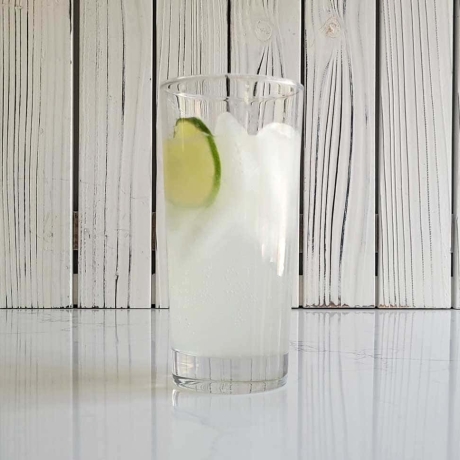
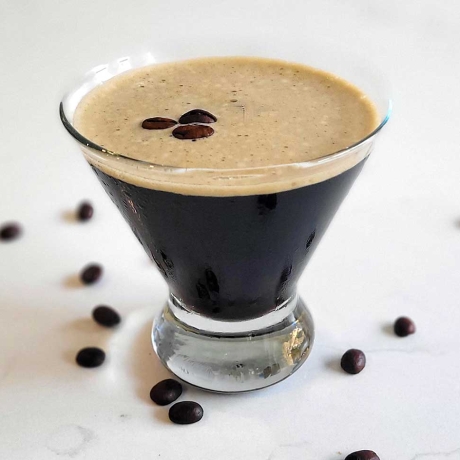


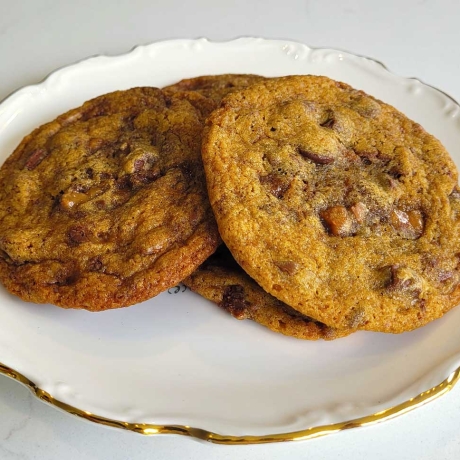

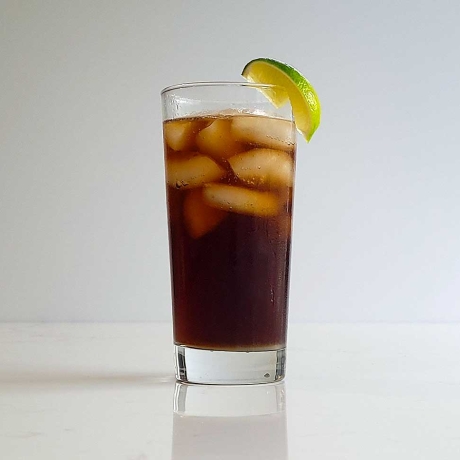
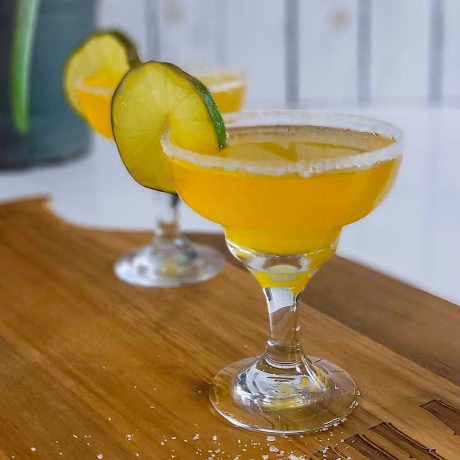
Comments
Be the first to leave a comment.